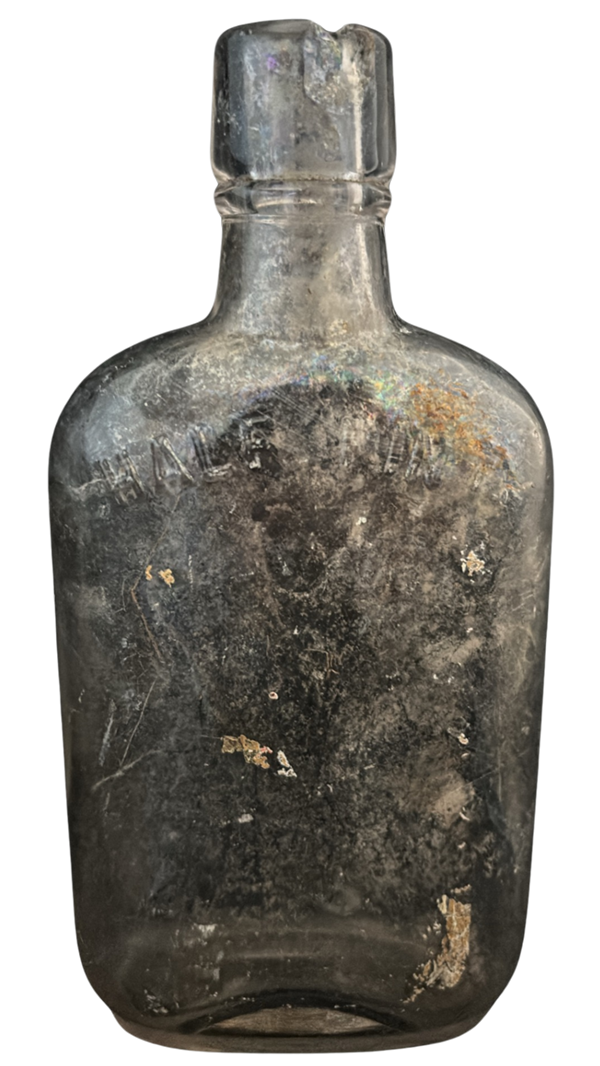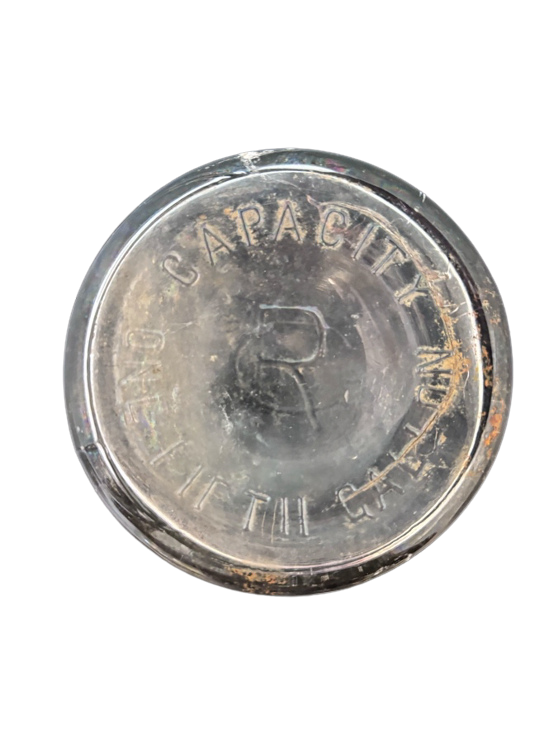Undergraduate student wins grant to support research on Prohibition-era saloon in Hamtramck
After receiving an Undergraduate Research Opportunities (UROP) Award, Amanda Stockton began analyzing the connection between the glass beverage bottle artifacts recovered from Hamtramck's Gass Saloon site and the changing fabric of urban social life in Hamtramck before and during the Prohibition era. The Gass Saloon was a vital hub of activity for Hamtramck residents, serving as a space for business, entertainment, political conversations and community development throughout the 19th and early 20th centuries.
The Gass Saloon operated between the 1890s and 1927, including as an illegal bar during Prohibition in Michigan (1917-1933). The Gass Saloon was lost in local memory and overlooked in historical records until Wayne State archaeologists, in collaboration with the Hamtramck Historical Museum, rediscovered the building and an associated trash dump in 2022. The saloon site was excavated by Wayne State archaeologists in 2022 under the supervision of Dr. Krysta Ryzewski, the director of excavations and project archaeologist.

Throughout the summer, Amanda examined 181 glass beverage bottles using historical records and archaeological data to assess the probability the containers concealed illegal alcohol. Her analysis of the Gass Saloon beverage bottle artifacts indicates a shift from alcoholic to non-alcoholic products (such as soda and mineral water), as indicated by bottle labels and other diagnostic features that changed after Prohibition laws were enacted.
Bottles pre-dating the enactment of Prohibition in 1916, when the saloon was operated by Frank Gass, are more frequently associated with alcoholic beverages (primarily German beer). Bottles that date to the Prohibition period after 1916 until the saloon was demolished in 1927, show less external indication of being alcoholic beverages (either having different product labels or no labels at all). Manufacturing techniques and historic bottling catalogs revealed most bottles from Prohibition until the saloon's demolition are liquor and soda bottles.
During Prohibition, business owners often used soda bottles to conceal alcohol consumption. One of Amanda's most thrilling findings is the collection of 13 Hiram Walker Canadian Club Whisky bottles, showcasing the historical impact of Canadian Club’s Whisky on Detroit and Hamtramck during Prohibition.
During Prohibition, the Windsor-Detroit Funnel was the main entry point for alcohol smuggling into the United States, with Hiram Walker’s Canadian Club whisky being one of the most popular choices among smugglers.
If you'd like to view these artifacts in person, they will be on display at the Michigan History Museum in Lansing on Oct. 5 for Michigan Archaeology Day.